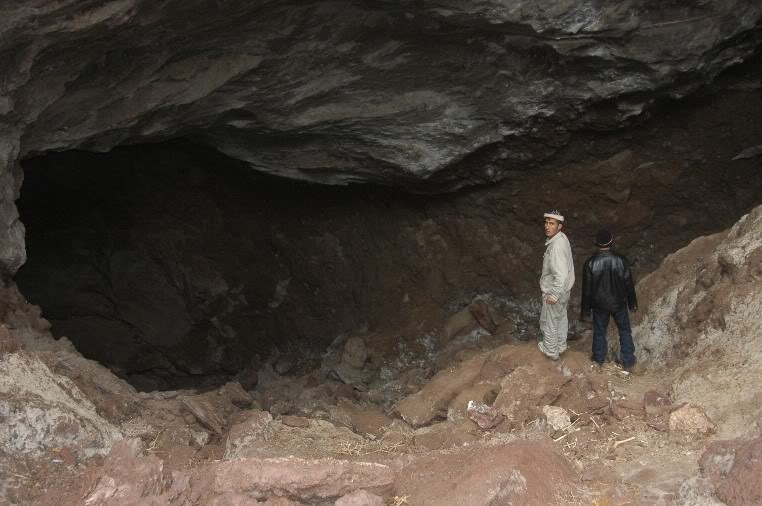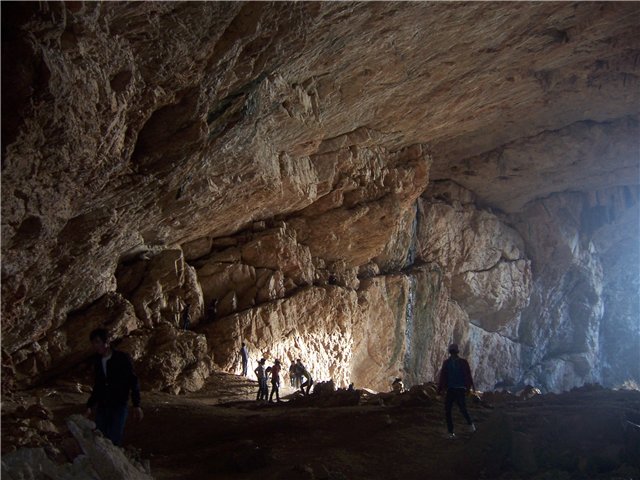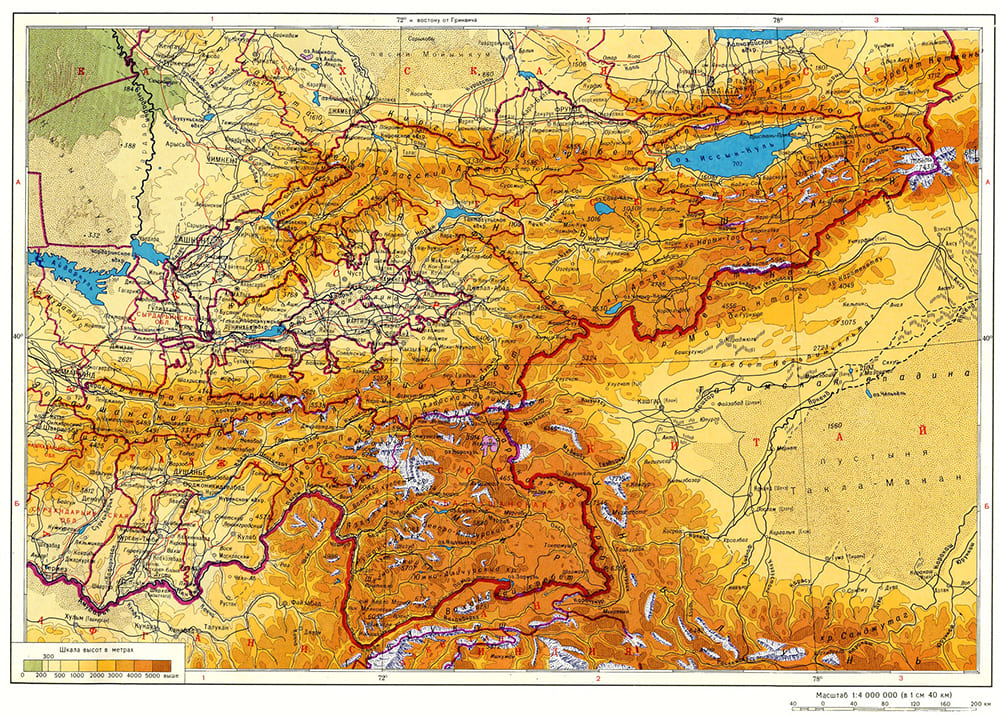
Central Asian Transboundary Speleo Project
In 2021, we intend to continue working on the Central Asian transboundary speleo project. In this project, we plan to study transboundary karst areas that have remained closed for a long time for various reasons. These territories are located in remote places, high in the mountains and far from modern civilizations. Here are the deepest caves in Asia, which are located high on mountain plateaus and steep cliffs. The Central Asian transboundary project is a study of unknown karst regions in the countries of Central Asia, this is an exploration Continue Reading
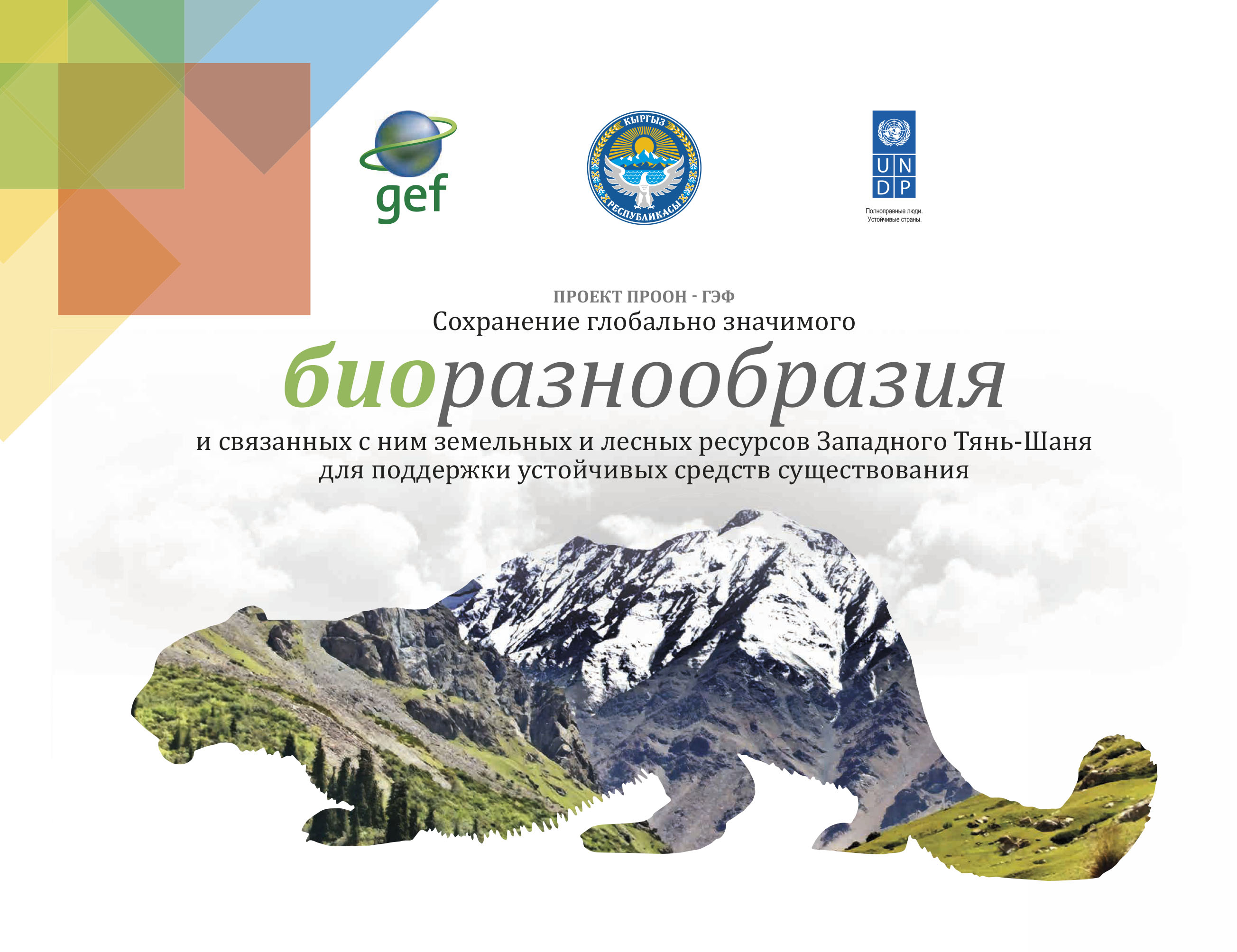
UNDP-GEF project
UNDP-GEF project In 2018, our Foundation became a participant in a project that is being implemented by the United Nations Development Program, together with the Global Ecological Fund and the State Environmental Protection Agency of Kyrgyzstan. The part of participation in the Foundation project is related to the study and assessment of the habitats of important biodiversity and the land and forest resources associated with it in the Western Tien-Shan. The tasks of our experts include the assessment and research of karst landscapes and caves, as well as the fauna Continue Reading

International Year of Karst and Caves of UNESCO in 2021
Proposal: 2021 INTERNATIONAL YEAR OF CAVES AND KARST 8 December 2018 The International Union of Speleology (UIS) proposes enthusiastically for UNESCO to establish 2021 as the International Year of Caves and Karst. The UIS is a non-profit organization, headquartered in Slovenia, dedicated to the exploration, study, and proper management of caves through international cooperation. The UIS is comprised of 54 member nations, most of which have already committed to hosting at least one major national event to promote the International Year of Caves and Karst. Caves are one of the Continue Reading
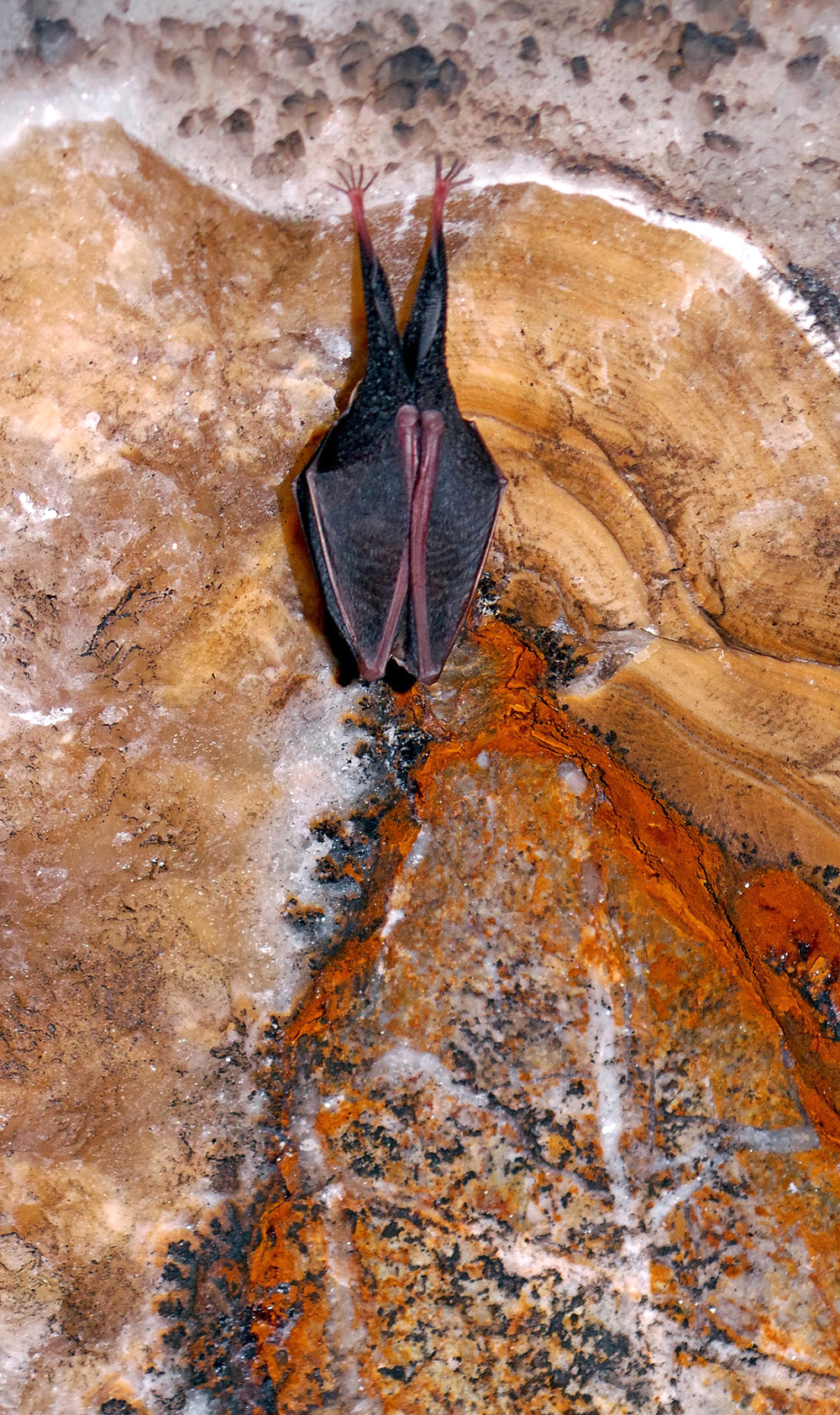
SPELEO BIOLOGICAL INTERNATIONAL EXPEDITION “PAMIR-ALAI”
In June 2018 our organization plans to conduct an expedition, the main purpose of which is speleo biological research in the caves of Kyrgyzstan. At present, Kyrgyzstan is a developing country. Therefore, today, the Government has other tasks that are related to the economy and social development of the population. At the same time, environmental problems that are associated with the preservation of natural heritage, geological monuments and biological diversity, remain forgotten. The local population has to survive and earn a living. Problems of protection of unique monuments of nature Continue Reading

SPELEOLOGICAL EXPEDITION IN MOLDO-TOO
The Moldo-Too mountain ridge in the Inner Tien Shan, in the central part of Kyrgyzstan to the south of the Son-Kol lake. Moldo-Too mountain is located in the latitudinal direction from west to east, between the valleys of the large rivers Kokomeren and Naryn. The length of the ridge is about 150 km. The maximum height is 4185 m. This is the only ridge in Tien Shan, which is completely composed of limestone. Almost the whole range and its spurs are made up of limestones of Carboniferous age of rather Continue Reading

SPELEOLOGICAL EXPEDITION TO Tuya-Muyun
The Tuya-Muyun karst region is a fairly well-known area among geologists engaged in hydrothermocarst. Unique mineral formations of Tuya-Muyun were investigated by the international karstological-speleological expedition of the Pamiro-Alai -1989. Scientists geologists from 10 countries studied the geological structure of the Tuya-Muyun mountain range, and also carried out a series of studies of mineral formations of various genesis. Tuya-Muyun is represented by a hypogene karst. The limestone massif is part of the South-Fergana hydrothermomineral belt, which closes it to the east. Scientists have studied 8 caves with the formation of Continue Reading

Results of speleological project Speleostan-2017
The field part of the speleoproject Speleostan – 2017 is over. It is time to report, analyze and plan new expeditions for 2018. As a result of hard work in Kyrgyzstan for the first time international studies were conducted in several karst areas. Lebanese speleologists discovered 23 caves. The longest of them – “Bear’s Den” (length – 375 meters), the cave “Crystal” with crystals of quartz and many other interesting caves. The British expedition surveyed several karst sites on the Takta Boz massif, and in the Batken area, where more Continue Reading



